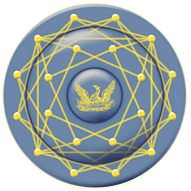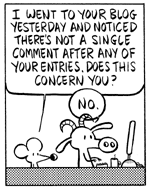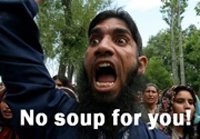China's Asymmetrical Strategy
 An in depth analysis of the Chinese threat to America.
An in depth analysis of the Chinese threat to America.
FROM FRONTPAGEMAG.COM:
China's Asymmetrical Strategy
By Eric Sayers
The Weekly Standard | 12/28/2007
THE IMPRESSIVE CONVENTIONAL military strength post-industrial states have procured in the past half-century has helped to determine the shape and nature of modern warfare. In a geostrategic environment where conflict continues to persist between advanced militaries and their substandard adversaries--either rogue states or terror cells--the latter have been forced to develop asymmetric ways of challenging the superior with the inferior.
The extent of America's sweeping success during the Persian Gulf War had the unintended consequence of convincing would-be adversaries that they must reconstitute new strategies in order to compete with and challenge U.S. power. In essence, American military predominance had become so extensive that it has altered the face of the battlefield by forcing others to adapt--to prevent America from playing the game but its rules.
This is evident in both Iraq and Afghanistan where the U.S. continues its struggle to contain disconnected networks of al-Qaeda militants and Shia militias armed with AK-47s and improvised explosive devices (IEDs). As much as the United States had hoped it could defeat extremist elements using sophisticated weapons and other advanced technologies, the supposed superiority of network-centric warfare proved insufficient against Islamist tactics. Similarly, Venezuela and its despotic leader Hugo Chavez, who frequently warns of a pending invasion by the United States, has placed asymmetric warfare at the center of his countries national defense doctrine. Former Venezuelan General Alberto Mueller has argued in favor of the doctrine, "because conventional war is ceasing to exist."
Although it is terrorism--and in the case of Venezuela, "guerilla war"--that is so often discussed in the realm of asymmetric warfare, the Chinese People's Liberation Army (PLA) has also embraced the precepts of this strategy to counter American superiority. As Robert Kaplan has explained, terrorists and their crude tactics fall on the low end of asymmetric strategy. For America, the even greater challenge will be those states like China that are able to confront the United States at the high-tech end of the unconventional sphere.
READ IT ALL:


.jpg)
















